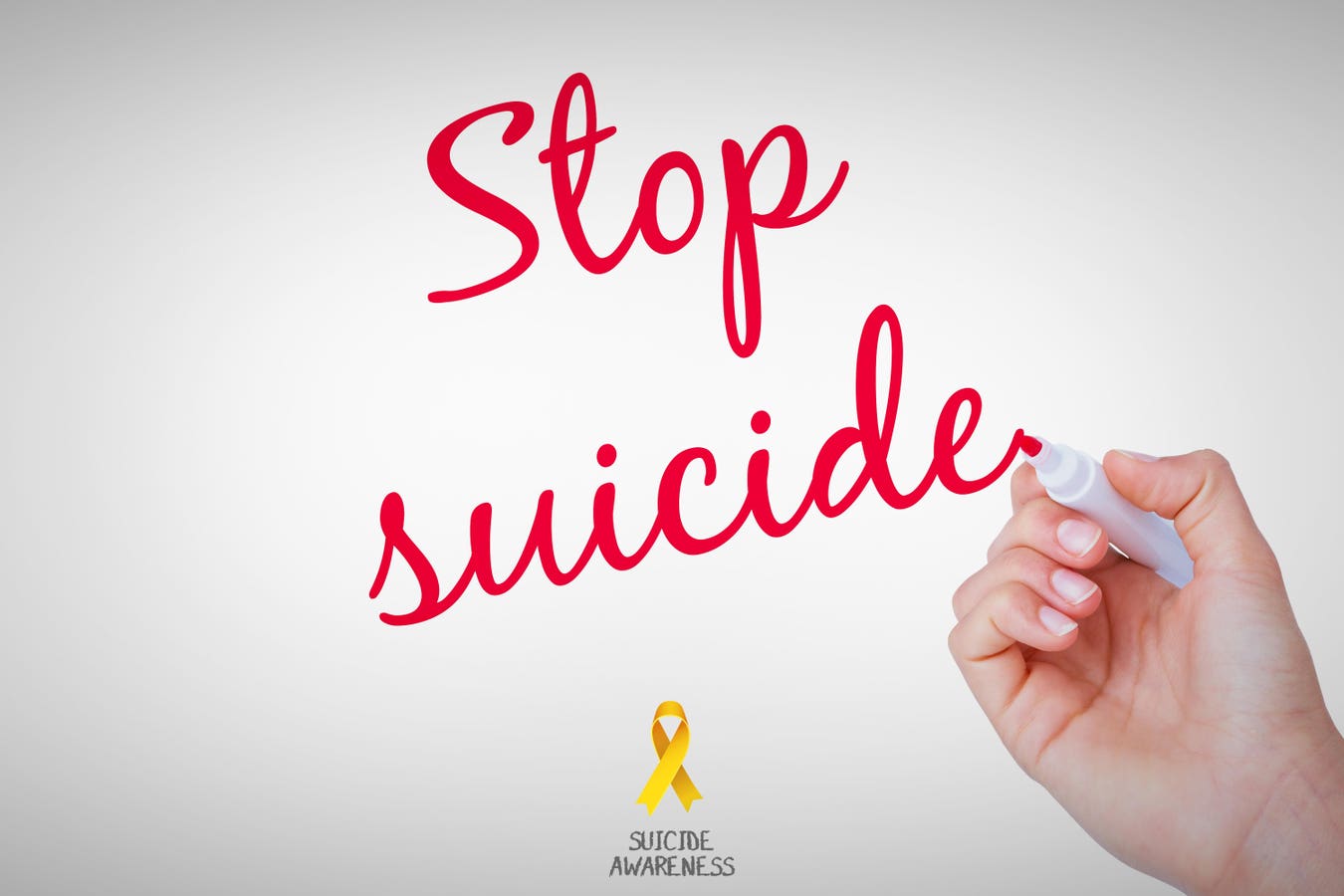suicide awareness ribbon
getty
According to a 2025 report by the American Foundation for Suicide Prevention, September is National Suicide Prevention Month and a reminder to be vigilant about preventing this cause of death. Some might be confused as to why suicide is called the most preventable cause of death among emerging adults. For example, in 2024, Speakingofsuicide.com, a website that’s self-described as providing resources for those affected by suicide, released a report called, “No, Suicide Isn’t Always Preventable.” This report argued that calling suicide preventable can cause harm; however, calling suicide preventable doesn’t mean that every death by suicide can be stopped, but rather to highlight systematic ways to reduce the number of completed suicides. This counter argument is supported by research, such as the 2024 National Survey of Drug Use and Health report, which indicated that the prevalence rates of serious suicidal thoughts in teens decreased from 13.5% in 2021 to 10.1% in 2024.
The AFSP is not the only organization to call suicide preventable. Last month, the federal government recognized September as Suicide Prevention Awareness Month. Below are three reasons why suicide is called preventable.
Emerging Adults Display Lower Levels of Suicide Intent
According to a 2022 study in the American Journal of Geriatric Psychiatry, older adults with a suicide attempt displayed higher levels of suicide intent than younger adults with a suicide attempt. Suicide intent is a determination to end one’s life and it’s more common in individuals experiencing end-of-life issues, such as medical problems, death of a life partner, etc.
Suicide ideation is thinking about suicide and is more common in individuals with overwhelming distress. Those with suicide ideation might attempt suicide, but these attempts often represent a desire to escape distress as opposed to end-of-life issues. According to a 2021 study in the Brazilian journal of Revista Latino-americana de Enfermagem, suicide ideation is significantly more common in younger adults than suicide intention. This study found a 27.1% prevalence rate for suicide ideation among young adults, compared to a 3.1% rate for suicide attempts.
Such results suggest that many emerging adults who attempt suicide don’t desire to end their life but rather hope to end their distress. Thus, instilling hope and promoting positive coping skills amongst this group can save lives.
Suicide Includes Known Risk and Protective Factors
In 2024, the Center for Disease Control released a report on the risk and protective factors for suicide. Knowing these risk factors can encourage individuals to be more alert about suicide. For example, the CDC report indicates that the loss of a relationship is a significant risk factor for suicide. Thus, it’s important not to minimize the distress that young adults feel after a social rejection or romantic breakup.
Suicide Prevention Efforts Work
Interventions that are designed to reduce suicides are generally effective. For example, a 2025 report in the journal of Suicide and Life-Threatening Behavior found that 88.1% of callers to the 988 Suicide and Crisis Lifeline described their call as stopping them from killing themselves. Other interventions include gatekeeper training, restricting access to lethal means, and help-seeking campaigns.
Labeling suicide as a preventable cause of death doesn’t cast blame after a completed suicide occurs. A tragic aspect of suicide is that there are often unanswered questions as to why the death occurred. Despite these unanswered questions, there are ways to enhance awareness throughout communities, while instilling hope to those who are struggling.









